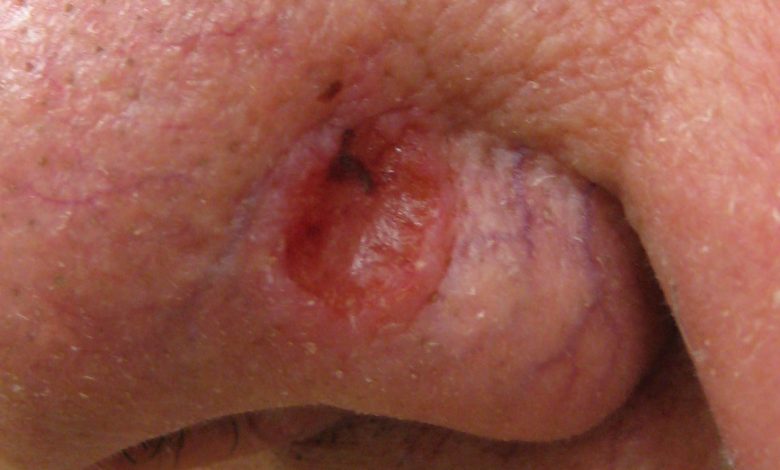Get Rid of Your Basal Cell Cancer

Basal skin carcinoma is one of the most common skin conditions in the world. This skin condition is also known as rodent cancer or basalioma and is a type of keratinocyte cancer. Basal skin carcinoma is a dangerous condition that can lead to multiple primary tumors over time. It is essential to seek the best diagnostic and treatment plans from the best health care providers who offer effective Chevy Chase basal cell carcinoma treatments. Visit Ali Hendi, MD to receive the best treatment in Maryland.
Risk Factors for Basal Skin Carcinoma
- Genetics: certain hereditary disorders can put you at risk of developing basal skin carcinoma.
- Sun damage: Exposure to UV radiation causing repeated sunburn is one of the major environmental risk factors of basal skin carcinoma.
- Arsenic exposure
- Age and gender: The development of basal skin carcinoma is prevalent in elderly males and younger female adults.
Clinical Presentation of Basal Skin Carcinoma
The common symptoms of basal skin cancer include:
- Slowly developing plaque or nodule on the skin
- Pink or pigmented skin
- Spontaneous bleeding or ulceration
Types of Basal Skin Carcinoma
The different types of basal skin carcinoma include:
- Nodular basal skin carcinoma
This type of carcinoma is also known as nodulocystic carcinoma and often develops in the facial region. Nodular basal skin carcinoma usually presents as a shiny skin nodule with a smooth surface, with ulceration and blood vessels across its surface.
- Superficial basal skin carcinoma
This type of basal skin carcinoma commonly develops in younger adults. It presents on the upper trunk and shoulders. Superficial basal skin carcinoma can appear as an irregular plaque that is slightly scaly with a thin, translucent rolled border and multiple micro erosions.
- Morphoeic basal skin carcinoma
This type of basal skin carcinoma is commonly found in mid-facial sites. It is also known as sclerosing basal skin carcinoma. It usually presents a scar-like plaque with indistinct borders. Morphoeic basal skin carcinoma may spread and infiltrate cutaneous nerves.
- Basosquamous carcinoma
Basosquamous carcinoma is also known as mixed basal-squamous cell carcinoma. It is a combination of basal cell carcinoma (BCC) and squamous cell carcinoma (SCC). This type of basal skin carcinoma is the most aggressive and presents an infiltrative growth pattern.
Diagnosis of Basal Skin Carcinoma
Clinical diagnosis of basal skin carcinoma involves confirmation of the presence of slowly enlarging skin lesions. Your doctor may recommend additional diagnostic biopsy or excision.
Treatment of Basal Skin Carcinoma
Your health care provider will develop a treatment plan for your basal skin carcinoma depending on the size, location, and type of condition. Treatment may include:
- Excision biopsy
Excision involves cutting out the lesion and stitching up the skin. This treatment option is ideal for nodular, infiltrative and morphoeic basal skin carcinoma. Further surgery may be required to remove lesions that are not completely excised.
- Mohs micrographically controlled excision
This procedure involves the use of a microscope to ensure complete lesion excision. Mohs micrographically controlled excision is used to treat high-risk areas of the face, such as eyes, lips and nose. Your doctor will recommend this type of treatment if your basal skin carcinoma is morphoeic, ill-defined, infiltrative, or recurrent.
- Superficial skin surgery
Superficial skin surgery is the best treatment option for small, well-defined nodular or superficial basal skin carcinomas. The treatment involves the use of local anesthesia.
- Cryotherapy
Cryotherapy is used to treat superficial skin lesions. The procedure involves freezing the lesion with liquid nitrogen.
Many other procedures can be done to treat basal skin carcinomas. Contact Ali Hendi, MD, to learn more about the options available for you.





